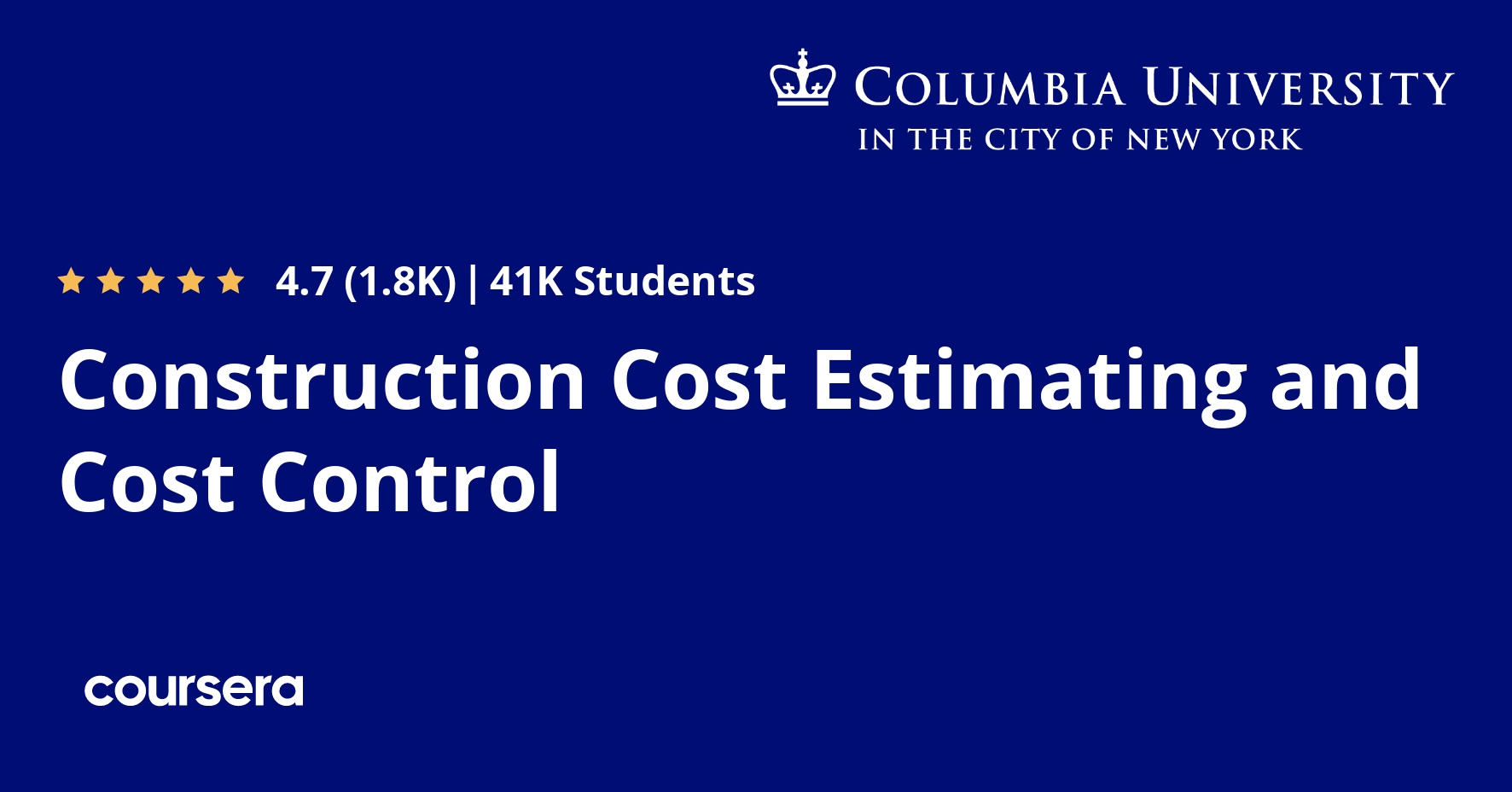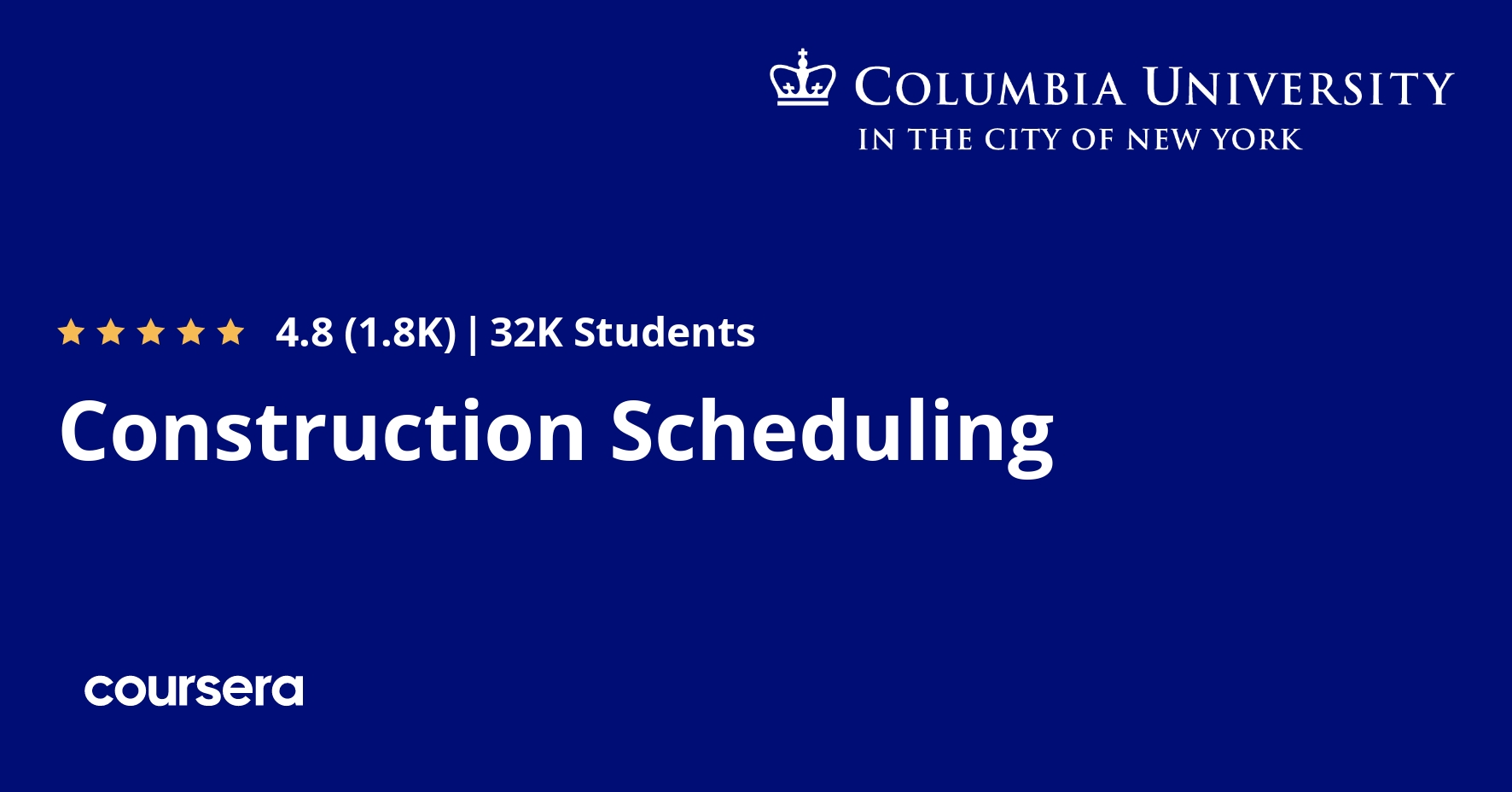Description
The course starts by exploring entrepreneurial ecosystems and systems thinking. The Technology Adoption Life Cycle is introduced to help explain market dynamics and support developing business strategy. Market research concepts and tools are presented that learners will apply to their course projects. Founder, key manager, and board member considerations are examined, and the qualities of effective leadership are reviewed. The operational structures and processes of a tech startup are identified, and the Balanced Scorecard is presented as a tool for tracking critical performance metrics. Learners will create a first draft of Product, Market, and Management & Operations Plans for their new product or service ideas.
Creating a Startup Company can be taken for academic credit as part of CU Boulder’s Master of Engineering in Engineering Management (ME-EM) degree offered on the Coursera platform. The ME-EM is designed to help engineers, scientists, and technical professionals move into leadership and management roles in the engineering and technical sectors. With performance-based admissions and no application process, the ME-EM is ideal for individuals with a broad range of undergraduate education and/or professional experience. Learn more about the ME-EM program at https://www.coursera.org/degrees/me-engineering-management-boulder.
What you will learn
Entrepreneurial Ecosystems
The first session presents the startup business environment as a complex ecosystem. Entrepreneurial systems thinking is introduced along with a whole company perspective. Value chains and supply chains are reviewed, and the five stages of the technology adoption life cycle are examined.
Business Models, Concept Pitch & the Lean Business Plan
The second session takes a detailed look at business models and introduces tools for constructing them. A Concept Quick Pitch is reviewed, and the core messages are defined. Business planning is presented as a dynamic process of processes with uses that may be internal or external to the firm.
Product & Market
This session presents the concepts and methods of market segmentation and sizing, identifying target customers, and constructing a customer persona. SWOT analysis is presented as a tool for examining competitive threats. Porter’s five forces are introduced to explain the operational dynamics of a firm.
Management & Operations
In this session, the roles and responsibilities of founders, key management, and board of directors are introduced. Some of the important considerations and strategies for recruiting and retaining key management and boards are presented. The importance of effective leadership that includes authenticity and emotional intelligence is reviewed.






